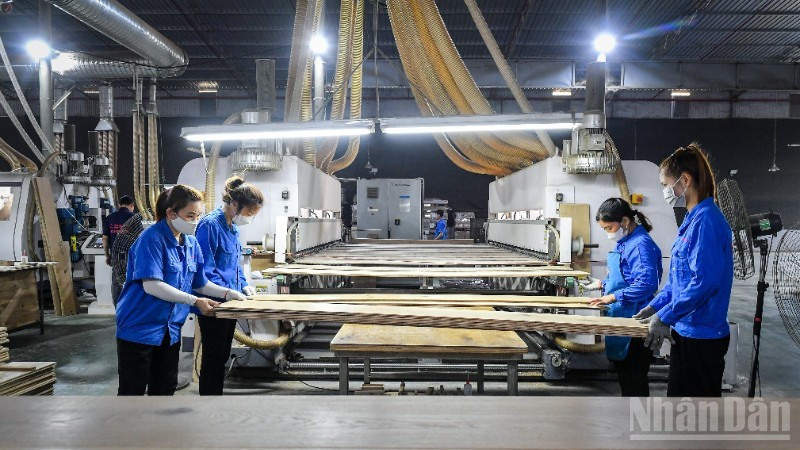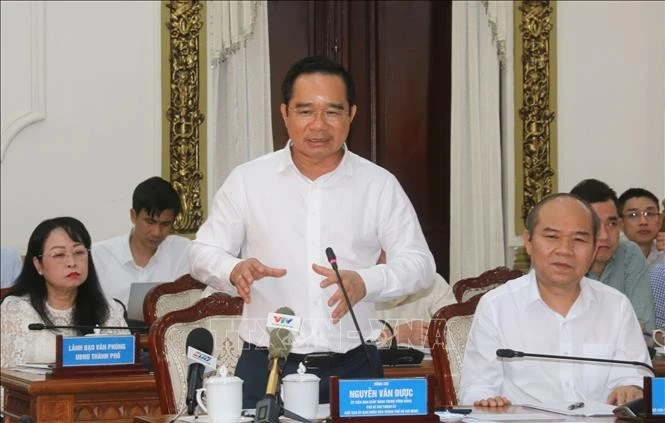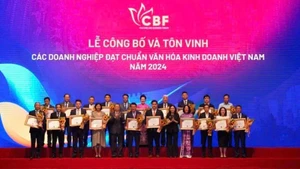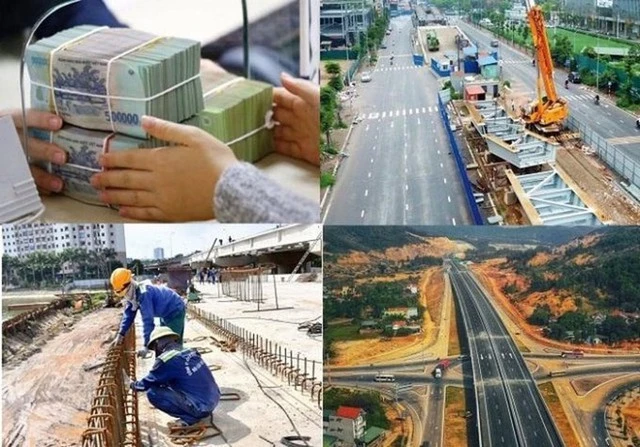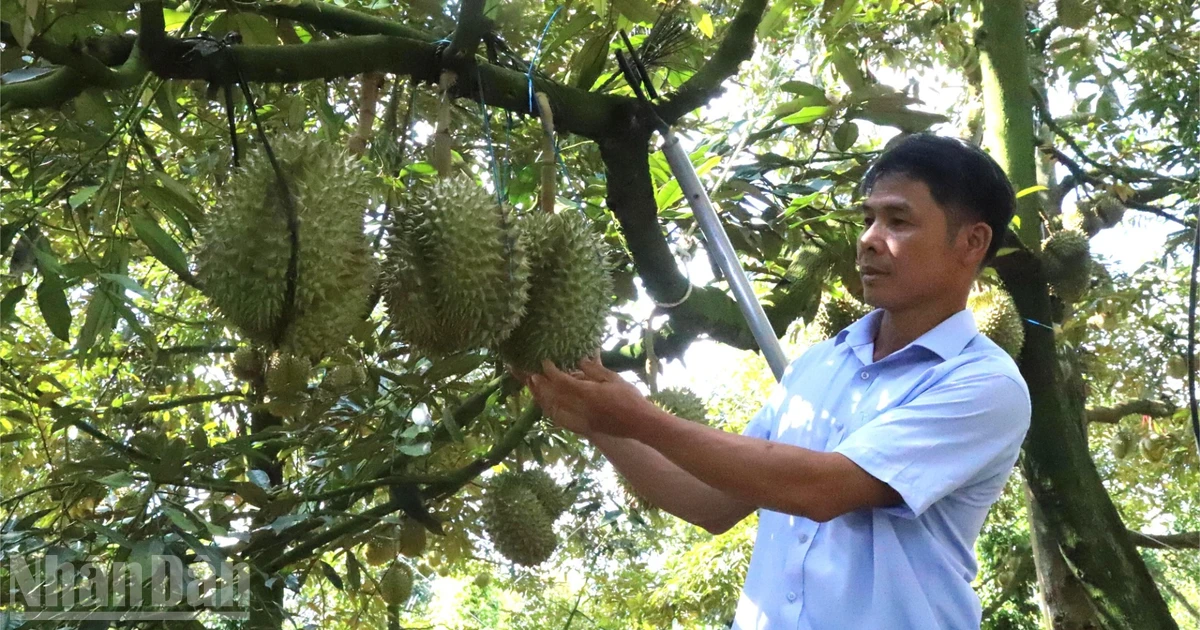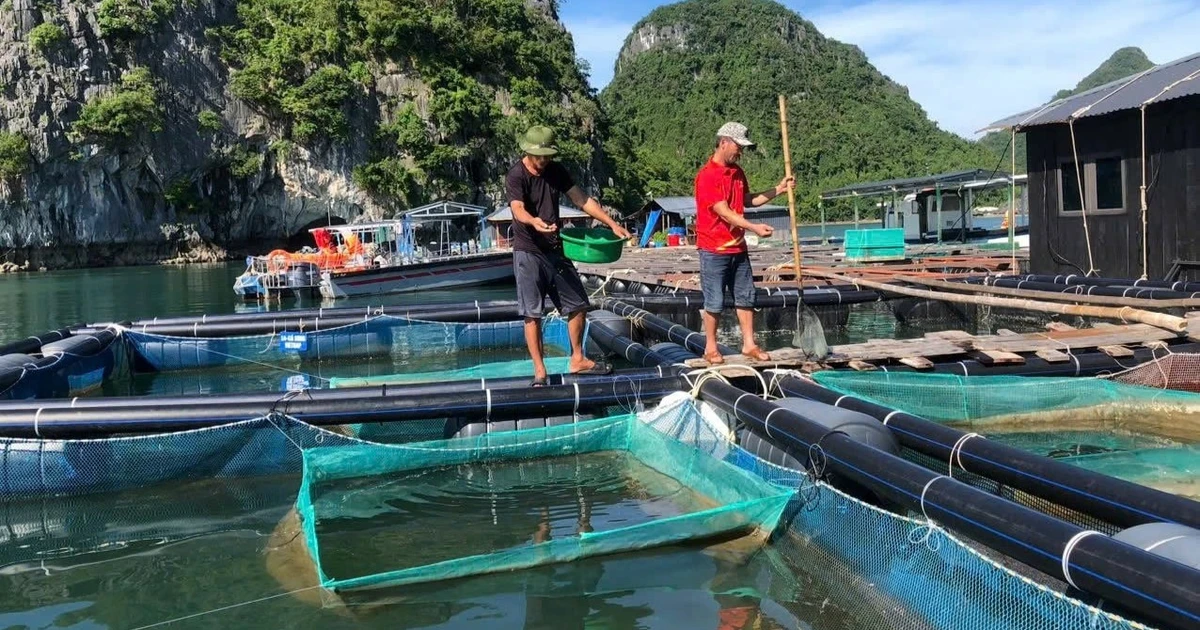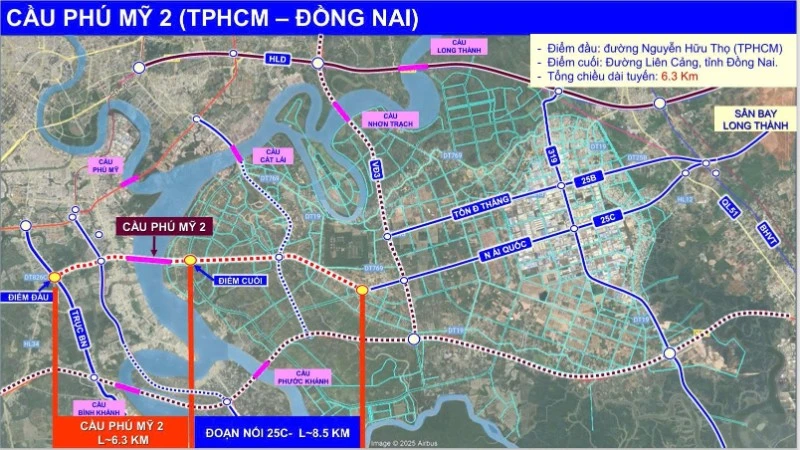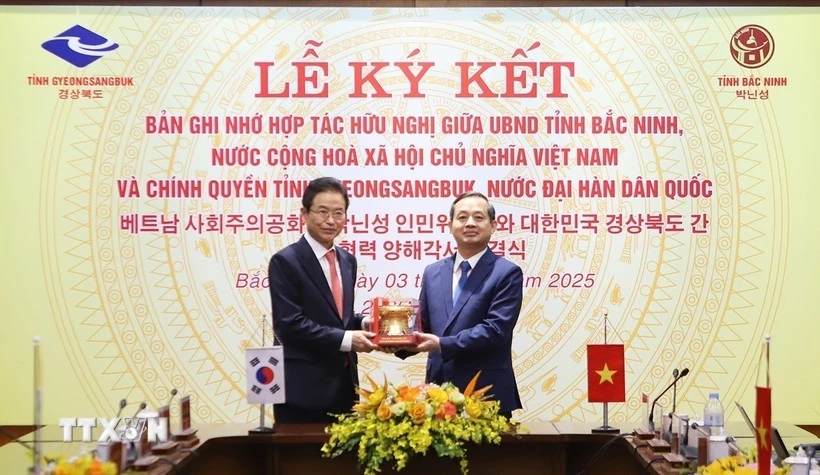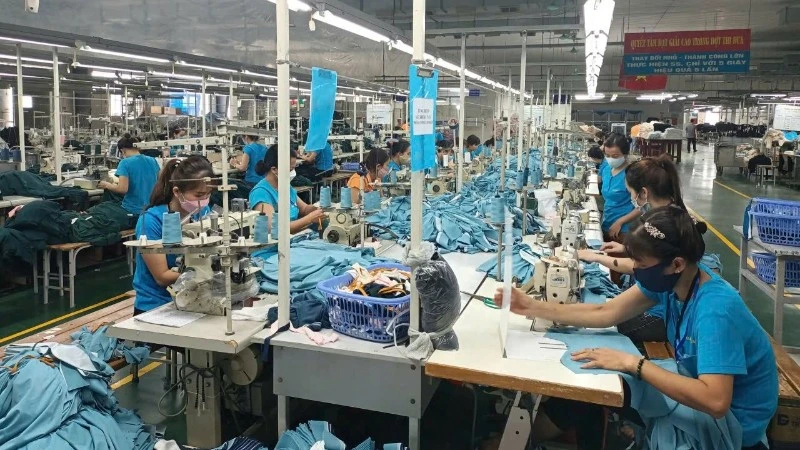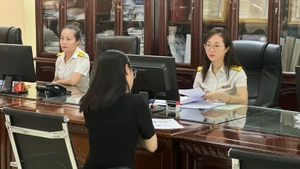Obstacles that need to be addressed
In response to the urgent need to enhance competitiveness and affirm the position of Vietnamese brands in international markets, the Ministry of Industry and Trade is developing a draft programme titled “Reaching International Markets for the 2026–2035 Period” (Go Global) to support businesses in investment, exports, and deeper integration into global value chains.
Looking back at the integration journey, Viet Nam’s private sector has achieved impressive accomplishments. Through milestones such as joining the Association of Southeast Asian Nations (ASEAN) (1995), signing the Viet Nam–US Bilateral Trade Agreement (2000), becoming a World Trade Organisation (WTO) member (2007), and participating in new-generation FTAs such as Comprehensive and Progressive Agreement for Trans-Pacific Partnership (CPTPP) and the EU–Viet Nam Free Trade Agreement (EVFTA), Viet Nam’s economy has risen to become one of the world’s top 20 exporters, with trade openness ranked among the global top ten.
However, according to experts and the business community, the journey of Vietnamese enterprises to “reach the vast ocean” still faces many barriers — from weak internal capacity, small scale, and lack of supply-chain linkages to dependence on the FDI sector and the absence of sustainable international brands.
According to Mai Thu Hien, Deputy Director-General of the Department of Planning, Finance and Enterprise Management (Ministry of Industry and Trade), these obstacles can be seen in several aspects.
First, export turnover remains heavily dependent on FDI enterprises, while Vietnamese firms mostly participate in low value-added stages such as processing and assembly.
Second, outward investment has begun but remains slow and modest in scale.
Third, the internal strength of private enterprises remains weak, consisting mainly of small and medium-sized firms, with limited internationalisation and a lack of large economic groups with globally recognised brands.
The journey of Vietnamese enterprises to “reach the vast ocean” still faces many barriers — from weak internal capacity, small scale, and lack of supply-chain linkages to dependence on the FDI sector and the absence of sustainable international brands.
Sharing the same view, Duong Thi Minh Tue, Vice Chairwoman and Head of Trade Promotion of the Handicraft and Wood Industry Association of Ho Chi Minh City (HAWA), together with other enterprises, pointed out specific challenges such as high logistics costs, difficulties in accessing capital, inadequate protection of intellectual property overseas, and shortages of high-quality human resources familiar with international markets.
From the perspective of the wood industry, Tue noted that many factories can now manage orders and production schedules through QR codes, ensuring transparency with customers. However, to participate more deeply in global supply chains, enterprises need support in accessing technology and environmentally friendly materials to strengthen internal capacity and sustainable competitiveness.
Regarding intellectual property protection, many Vietnamese enterprises have invested significant intellectual effort into product design but remain uncertain about safeguarding intellectual property rights abroad. Therefore, Tue suggested the need for training, consultancy, and guidance programmes to help businesses register brand and industrial design protection, preventing product copying and market loss.
Proposals for breakthrough solutions
Based on these practical insights, experts have proposed several breakthrough solutions focusing on developing a synchronised and comprehensive support ecosystem that tightly links the State and enterprises.
From the State’s side, enterprises and associations have recommended more breakthrough policies. Nguyen Minh Tu, Vice Chairman of Stavian Group, proposed the establishment of an “Investment Support Fund for Enterprises Investing Abroad” and the simplification of foreign-currency purchase and investment-transfer procedures.
“To enable Vietnamese enterprises to go global, we need a comprehensive strategy covering industries, finance, logistics, and human resources. With our current foundation, if appropriate support mechanisms are introduced, Vietnamese enterprises can confidently assert their position in international markets,” Nguyen Minh Tu emphasised.
Similarly, Pham Hai Phong, Vice Chairman of the Viet Nam Association for Supporting Industries, underlined the need for the Government and trade offices to act as bridges, providing in-depth market information and facilitating direct connections.
Phong noted that the supporting industry community hopes the Ministry of Industry and Trade and relevant agencies will strengthen the provision of market information, mergers and acquisitions (M&A) opportunities, and organise specialised trade-promotion programmes to help Vietnamese enterprises directly meet and understand international customers.
According to Phong, for Viet Nam’s supporting industry enterprises to expand globally, they must gradually engage in producing their own branded products and eventually move toward independent design and manufacturing. At the same time, the State should implement policies to promote the production of basic raw materials to complete the domestic supply chain.
Sharing lessons from the Republic of Korea (RoK), Bok Dug Gyou, Deputy Director of the Korea Trade-Investment Promotion Agency (KOTRA), said the country’s success stemmed from a comprehensive strategy that not only provided financial support (through the “export voucher” programme) but also leveraged soft power in culture and sports to enhance the national brand.
The RoK established a multi-agency cooperation framework, involving the Ministry of Industry and Trade, the Ministry of Small and Medium-sized Enterprises and Startups, and organisations like KOTRA, forming a comprehensive support network.
From the enterprise perspective, Truong Van Cam, Vice Chairman and Secretary-General of the Viet Nam Textile and Apparel Association, stated that businesses must first “grow stronger from within” by improving management capacity, investing in technology, and developing products to increase value.
Citing the textile industry’s experience, Cam said this was one of the first sectors to reach global markets and grow rapidly thanks to international integration. In 2001, when the Viet Nam–US Bilateral Trade Agreement took effect, the industry’s export value was nearly 2 billion USD; it has since increased more than 23 times, expected to reach 46–46.5 billion USD this year.
However, despite these remarkable results, the sector still faces limitations. Currently, foreign-invested enterprises make up around 25% of total firms but contribute 60% of export turnover and more than half of the industry’s workforce. Meanwhile, domestic enterprises, though accounting for about 40% of revenue and employment, are still not strong enough to lead value chains.
According to Cam, for Vietnamese enterprises to “reach the vast ocean,” the core lies in strengthening internal capacity and improving human-resource quality. “Without capability, awareness alone is not enough. Enterprises must become stronger from within, supported by appropriate policies and sufficient market information from Vietnamese trade offices abroad,” he asserted.
Pham Thi Phuong, Chief Financial Officer of Toan Phat Copper Tube Joint Stock Company, also shared her experience dealing with trade and anti-dumping barriers in the US and India, highlighting the importance of understanding international law and the accompaniment of government agencies.
On finance, Phuong recommended that the Government and regulatory bodies consider preferential credit mechanisms for manufacturing and exporting enterprises, helping them minimise exchange-rate risks, stabilise capital flow, and enhance competitiveness, particularly amid volatile interest and exchange-rate conditions.
Towards a comprehensive “Go Global” ecosystem
Given these realities, the Ministry of Industry and Trade has been assigned by the Prime Minister to lead the development of the Go Global Programme, aiming to enhance the international competitiveness of the private sector and foster a generation of Vietnamese entrepreneurs with courage, intelligence, global thinking, and innovation capacity.
According to Mai Thu Hien, the Programme for Reaching International Markets 2026–2035 (Go Global) is being formulated to translate the policy of developing the private economy into an important driving force of the national economy, in line with Resolution 68 of the Party Central Committee. This is a continuation of Viet Nam’s nearly 40-year process of persistent international economic integration since Doi Moi (Renewal).
The programme sets the target that by 2030, about 20 large enterprises will lead global value chains, and 30 medium-sized enterprises will pioneer in niche markets; the value-added export share from the private sector will reach 55–60% of total export turnover.
It will be implemented in three phases, with Initiation (2026–2027) for institutional improvement and awareness enhancement; Expansion – pilot support tools for investment, export, and brand building (2028-2030); and Consolidation – effective operation of the enterprise support network for deep integration into global value chains (2031–2035).
Mai Thu Hien emphasised that the Ministry of Industry and Trade is finalising the draft to submit to the Prime Minister for approval in 2025. She expressed the Ministry’s desire to continue receiving feedback from associations, enterprises, and international organisations to perfect the policy framework and create the most favourable conditions for Vietnamese enterprises to confidently conquer global markets.
